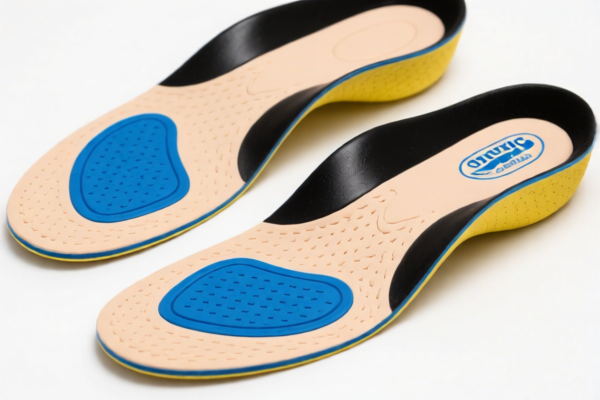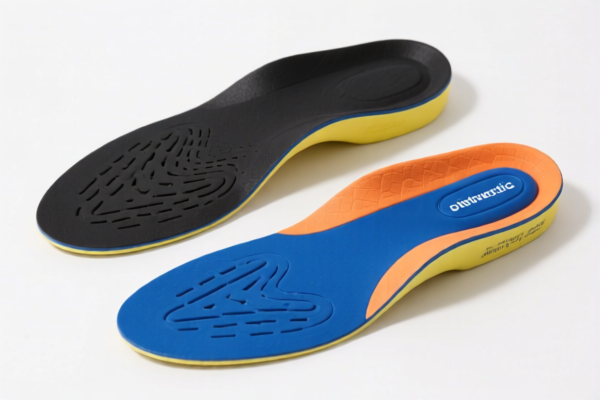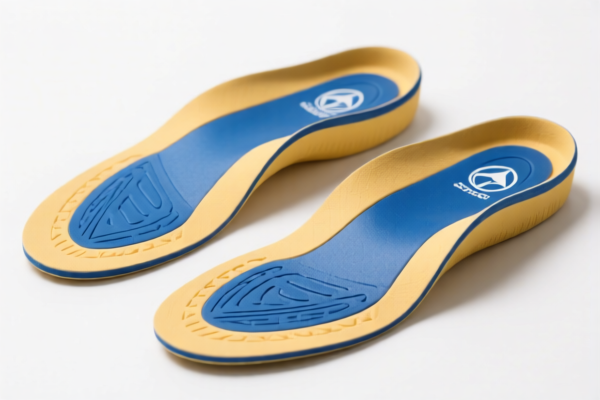| HS Code | Official Doc | Tariff Rate | Origin | Destination | Effective Date |
|---|---|---|---|---|---|
| 3926901000 | Doc | 40.9% | CN | US | 2025-05-12 |
| 4016990500 | Doc | 40.9% | CN | US | 2025-05-12 |
| 4115200000 | Doc | 37.5% | CN | US | 2025-05-12 |
| 9021100050 | Doc | 30.0% | CN | US | 2025-05-12 |




HS Code Classification & Duty Analysis for "ORTHOTIC INSOLES"
Here's a breakdown of the HS codes provided, relevant duty information, and key considerations for importing "ORTHOTIC INSOLES" from China (CN). This analysis assumes the insoles fall within the descriptions provided.
Understanding HS Codes
HS (Harmonized System) codes are internationally standardized codes used to classify traded products. The first six digits are generally consistent worldwide, while additional digits are specific to each country. Here's a general breakdown of the codes provided:
- Chapter 39: Plastics and articles thereof: (e.g., 3926) – Covers a wide range of plastic products.
- Chapter 40: Rubber and articles thereof: (e.g., 4016) – Covers products made from natural or synthetic rubber.
- Chapter 41: Leather and its manufactures: (e.g., 4115) – Covers products made from animal hides and skins.
- Chapter 90: Instruments and apparatus: (e.g., 9021) – Covers a broad range of medical, surgical, and orthopedic devices.
Detailed Code Analysis
Let's examine each HS code provided and its implications for your import:
1. HS Code: 3926.90.10.00 – Buckets and pails of plastics
- Breakdown:
- 39: Plastics and articles thereof
- 26: Plastics articles (other than those of Chapter 3901 to 3903)
- 90: Other
- 10: Buckets and pails
- Applicability: This code is unlikely to be appropriate for orthotic insoles unless they are specifically manufactured as rigid plastic containers.
- Duty:
- Basic Duty: 3.4%
- Additional Duty: 7.5%
- Post April 2, 2025: Additional Duty increases to 30%
- Total Duty: 40.9%
2. HS Code: 4016.99.05.00 – Household articles of vulcanized rubber, not elsewhere specified or included
- Breakdown:
- 40: Rubber and articles thereof
- 16: Articles of vulcanized rubber other than hard rubber
- 99: Other
- 05: Household articles not elsewhere specified or included
- Applicability: This code might be applicable if the insoles are made primarily of rubber and are considered household items (e.g., for comfort or general foot support). However, the "medical" aspect of orthotic insoles may make this code unsuitable.
- Duty:
- Basic Duty: 3.4%
- Additional Duty: 7.5%
- Post April 2, 2025: Additional Duty increases to 30%
- Total Duty: 40.9%
3. HS Code: 4115.20.00.00 – Parings and other waste of leather or of composition leather, not suitable for the manufacture of leather articles; leather dust, powder and flour
- Breakdown:
- 41: Leather and its manufactures
- 15: Leather composition leather
- 20: Parings and other waste of leather or of composition leather, not suitable for the manufacture of leather articles; leather dust, powder and flour
- Applicability: This code is unlikely to be appropriate unless the insoles are made from recycled leather scraps or waste materials and are not intended for high-quality leather goods.
- Duty:
- Basic Duty: 0.0%
- Additional Duty: 7.5%
- Post April 2, 2025: Additional Duty increases to 30%
- Total Duty: 37.5%
4. HS Code: 9021.10.00.50 – Bone plates, screws and nails, and other internal fixation devices or appliances
- Breakdown:
- 90: Instruments and apparatus
- 21: Orthopedic appliances
- 10: Orthopedic or fracture appliances, and parts and accessories thereof
- 50: Bone plates, screws and nails, and other internal fixation devices or appliances
- Applicability: This is the most likely appropriate HS code for orthotic insoles, especially if they are custom-made or designed to provide significant medical support or correction. It covers appliances used to support or correct skeletal deformities.
- Duty:
- Basic Duty: 0.0%
- Additional Duty: 0.0%
- Post April 2, 2025: Additional Duty increases to 30%
- Total Duty: 30.0%
Recommendations & Important Considerations:
- Confirm Material Composition: The material of the insoles is crucial. If they are primarily plastic, rubber, or leather, the corresponding chapters will be relevant.
- Intended Use: If the insoles are for medical purposes (correction, support, post-injury), HS Code 9021.10.00.50 is the most appropriate.
- Custom vs. Standard: Custom-made insoles are more likely to fall under the medical device category (9021).
- Certification: Depending on the intended use and destination country, you may need to provide certifications (e.g., ISO 13485 for medical devices).
- Valuation: Ensure accurate valuation of the goods, as customs duties are calculated based on the declared value.
- Post April 2, 2025 Tariffs: Be aware of the additional tariffs that will be implemented on April 2, 2025.
- Consult a Customs Broker: It is highly recommended to consult with a licensed customs broker in China and your destination country to ensure accurate classification and compliance with all import regulations. They can provide specific guidance based on your product specifications and intended use.
Disclaimer: This information is for general guidance only and does not constitute professional customs advice. Regulations can change, and it is your responsibility to ensure compliance with all applicable laws and regulations.
Customer Reviews
The information is good, but I wish there were more examples of how to apply the HS codes in real scenarios. The recommendations are helpful, but a bit generic.
The analysis of the 9021.10.00.50 HS code was spot-on. It clearly states that this is the most appropriate code for medical orthotic insoles, and the duty rate is clearly explained.
I found the breakdown of each HS code useful, especially the note that 3926.90.10.00 is unlikely to apply to orthotic insoles. It saved me from a possible classification mistake.
This page clearly explains the HS code 9021.10.00.50 for orthotic insoles, which is perfect for medical devices. The tariff details are very helpful for calculating import costs.